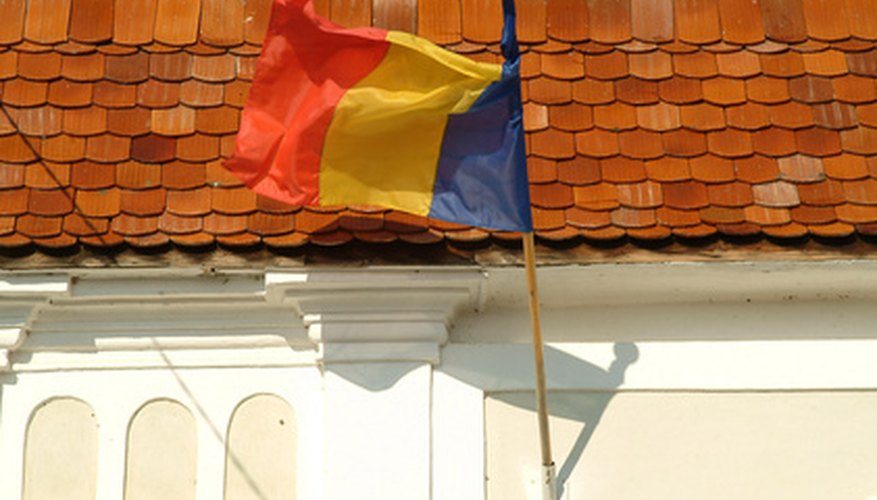Dancing is woven into a particular region’s cultural fabric, with some dances becoming well known around the world. Romania’s popular folk dance, the Alunelul, has developed over hundreds of years from ancient chain dancing in isolated villages into an internationally respected folk dance.
The Meaning of “Alunelul”
The word "Alunelul" (pronounced "ah-loo-NEH-lool”) was traditionally thought to mean “little hazelnut,” thus it was known as the “little hazelnut dance.” However, according to Dick Oakes, an internationally known folk dance instructor, Romanian folklore specialist Theodor Vasilescu says dances are hardly ever named after flowers or plants, with the exception of the dance Floricica (“little flower”). Vasilescu believes “Alunelul” is a contraction of "A lu Nelu,” Nelu being a name, so the meaning being “Nelu’s dance.”
Dance Origins
The Alunelul probably originates from the ancient chain dances once associated with religious rituals or celebrations. Because of Romania’s geographical location, the development of chain dances continued throughout the Middle Ages, uninterrupted by the newer dance traditions developing west of the Carpathian Mountains. This continued past the Reformation, where social dancing became limited if not non-existent in many dominant Protestant countries, while the chain dances—and the Alunelul by extension—continued to spread and develop.
- The Alunelul probably originates from the ancient chain dances once associated with religious rituals or celebrations.
- Because of Romania’s geographical location, the development of chain dances continued throughout the Middle Ages, uninterrupted by the newer dance traditions developing west of the Carpathian Mountains.
While there are dozens of variations of this dance, the most popular is said to originate from the southwestern part of the country, in the region of Oltenia. Aspects of the Alunelul can be traced to other surrounding regions in Europe, specifically Greece and Bulgaria, where the single and double crossing steps and stamping patterns are common in similar dances. Organised performances by village dance groups can be traced to the mid-19th century. The dance entered Romanian school curriculum in the early 20th century, with widespread popularity starting after World War II.
The Alunelul Today
The Alunelul eventually spread worldwide, most notably after Larisa Lucaci began teaching it in the U.S. in 1955. Versions of the dance became quite popular in the U.S. in the following decades, including a well-known version developed by Eugenia Popescu-Judetz and taught by Dick Crum in the late 1960s. Among the dozens of versions, some of the popular variations include Alunelul de la Urzica, Alunelul ca la Sadova (the town where this particular version originated) and Tsaran in valea, a version adapted for the Romanian school system.
Traditional Alunelul Dress
As is common with folk dances around the world, the Alunelul has traditional dress the dancers wear. Men wear colourful high-necked tunics with sashes around the waist, full trousers and tall, black boots. Women wear dresses that are fitted at the waist and often have some sort of embroidered vest or apron over the top of the outfit. Footwear consists of smaller shoes than those of the men, often a smaller boot.
- As is common with folk dances around the world, the Alunelul has traditional dress the dancers wear.
- Women wear dresses that are fitted at the waist and often have some sort of embroidered vest or apron over the top of the outfit.
Dance Steps
The dance is fairly easy to do and is done in 4/4 time. Dancers arrange themselves in a circle of eight to ten, all facing the centre. Arms are placed on the shoulders of the person on either side. The dance normally starts out with taking four or five quick running steps to the right, followed by single or double crossing steps and stomping action. Then the circle moves to the left and repeats the process and the first “round” of the dance is complete. There is a countdown effect as the number of steps is reduced with each round of the dance.
- The dance is fairly easy to do and is done in 4/4 time.
- The dance normally starts out with taking four or five quick running steps to the right, followed by single or double crossing steps and stomping action.
